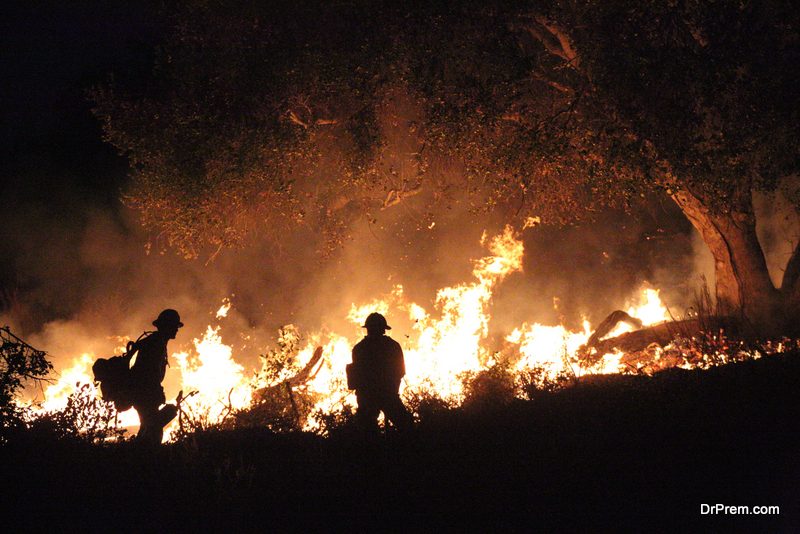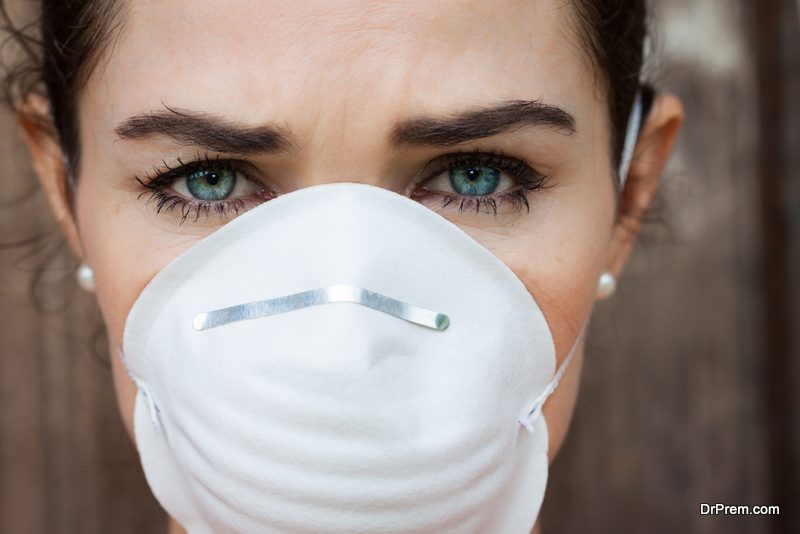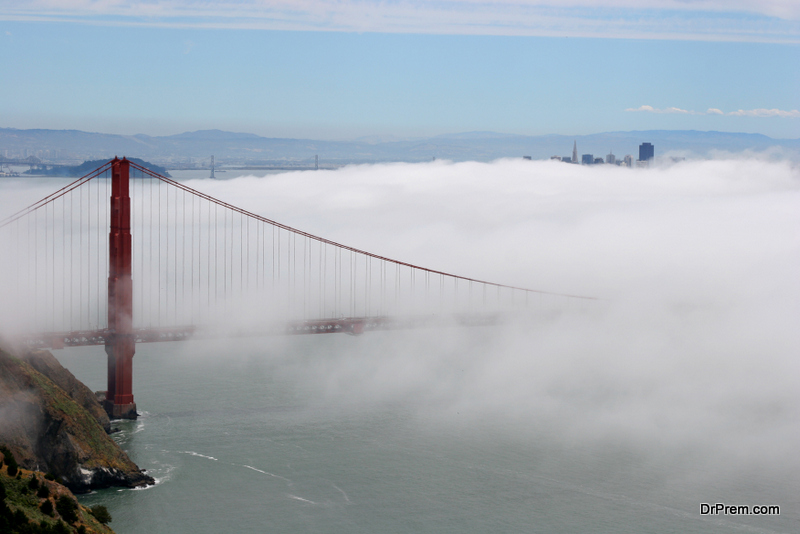The raging “Camp Fire” in Northern California has left 76 dead and over 1,000 still missing over 10 days later. Lingering, toxic smoke in the sky has left millions in the nearby San Francisco Bay Area and Sacramento region breathing some of the worst-quality air in the world.
Unfortunately, fires like this one aren’t a new phenomenon in the West. Now that these are occurring with greater frequency, it has become clear that steps need to be taken for prevention as well as the reduction of air pollution.
Dangerous and Deadly Northern California Fire
 Referred to as the Camp Fire, the latest massive fire in Northern California began in Butte County, an area that is approximately 200 miles away from San Francisco. By Saturday, Nov. 17, air quality measures were between 200 and 300, which are in the purple “very unhealthy” range.
Referred to as the Camp Fire, the latest massive fire in Northern California began in Butte County, an area that is approximately 200 miles away from San Francisco. By Saturday, Nov. 17, air quality measures were between 200 and 300, which are in the purple “very unhealthy” range.
It might seem as if this latest fire is some distance from the Bay Area, but the geography is deceiving. According to National Weather Service meteorologist Drew Peterson, the smoke from this fire is first filling up the Sacramento Valley, which creates a deep reservoir of polluted air. Light winds then push that smoke southwest towards the Delta.
When this polluted air and smoke reaches the narrow opening to the valley, it fans out and spreads across the San Francisco Bay Area. In this region, the air has been stagnant, and it has allowed little smoke to escape through a tiny opening around the Golden Gate Gap. San Francisco currently has some of the least healthy air in the region.
Mega-Fires Increase in Frequency
While California wildfires are not new, they seem to be increasing in frequency and ferocity. In fact, the Camp Fire is now listed as the most destructive fire in the state’s history. As of Nov. 19, it has destroyed close to 13,000 structures and still threatens another 15,000 as it continues to burn.
Of the state’s top ten most destructive fires, half have occurred in the past 12 months. Nine out of ten (Alameda’s Tunnel Fire is the exception) have occurred in the past fifteen years. These ten fires together have resulted in 1.4 million acres burned, 33,760 structures destroyed, and 162 lives lost. The rising frequency of these events sharpens the need for some more innovative solutions.
Fires Underscore Need for Emissions and Air Pollution Solutions
 According to the Environmental Protection Agency, the current air quality in the Bay Area is a serious health threat to older adults, children, and people with existing health issues. The groups, in particular, are being urged to limit their time outdoors and avoid heavy or prolonged exertion. Everyone is also advised to wear N95 face masks while outdoors.
According to the Environmental Protection Agency, the current air quality in the Bay Area is a serious health threat to older adults, children, and people with existing health issues. The groups, in particular, are being urged to limit their time outdoors and avoid heavy or prolonged exertion. Everyone is also advised to wear N95 face masks while outdoors.
Some businesses and Bay Area schools are closed until further notice. Some tourist attractions, such as Alcatraz, are also closed. The city of San Francisco has made its metro and bus system free during this crisis. But, just reacting to a crisis isn’t going to be enough.
It has become more important than ever to take steps to both prevent additional fires from occurring and reduce current levels of pollution in our air. Even though wildfires are a normal phenomenon that clears out decay and restores nutrients to soil, human activity makes them more destructive.
This occurs through the overpopulation of areas that are prone to wildfires and some careless acts that spark the fires (downed power lines, campfires, arson). Humans are also changing the climate, which is increasing the risk of these events.
While firefighting methods are improving each year, we can do more prevent these outbreaks and lessen their impact. Cutting fuel breaks between homes and combustible vegetation can stop a blaze from spreading. We can also reduce air pollution to lessen the effects of smoke from new fires.
Air pollution is considered the largest environmental health risk on the planet by the World Health Organization. Some innovative solutions to this issue include cloud seeding to summon condensation and rain, which will clean pollution from the atmosphere. Some cities around the world have installed giant sprinklers and buildings that are made to either “eat” or clean smog from the air.
The good news on the horizon is that San Francisco is braced for some rain over the next week, which will help to clear out some of its polluted air. As a trailblazer in sustainability, there is a good chance that this area will use this tragedy as an opportunity to create a better future.
Article Submitted By Community Writer




